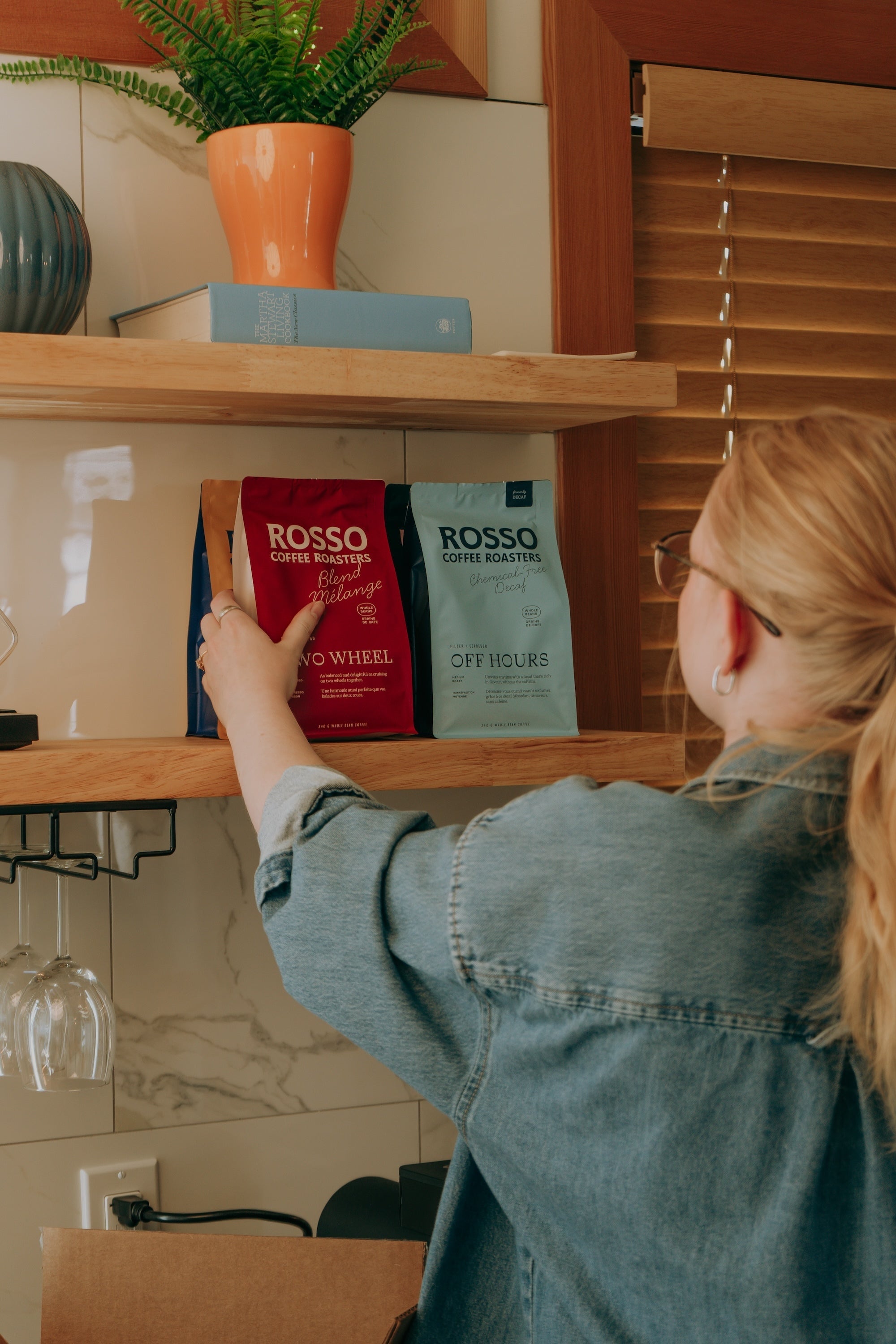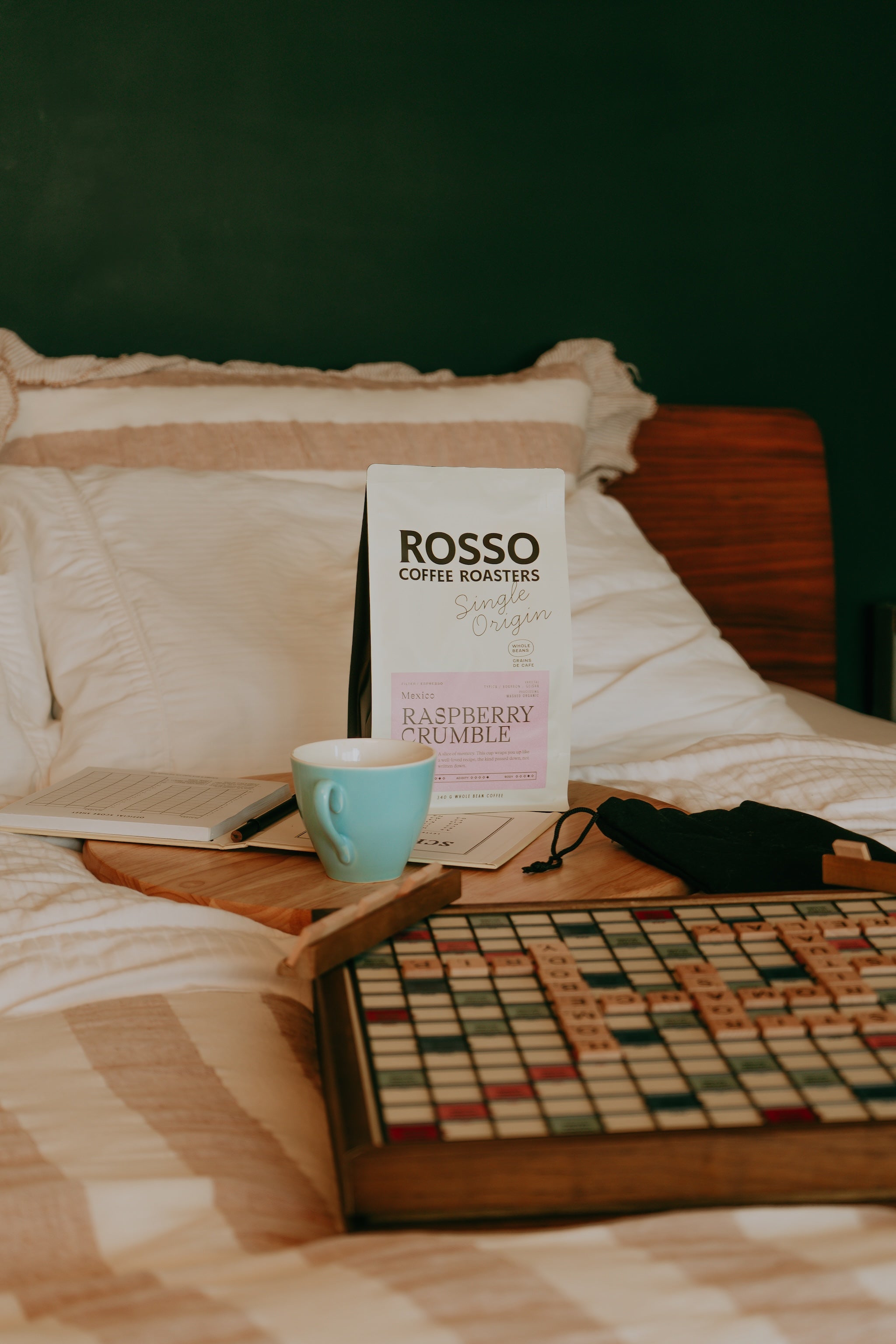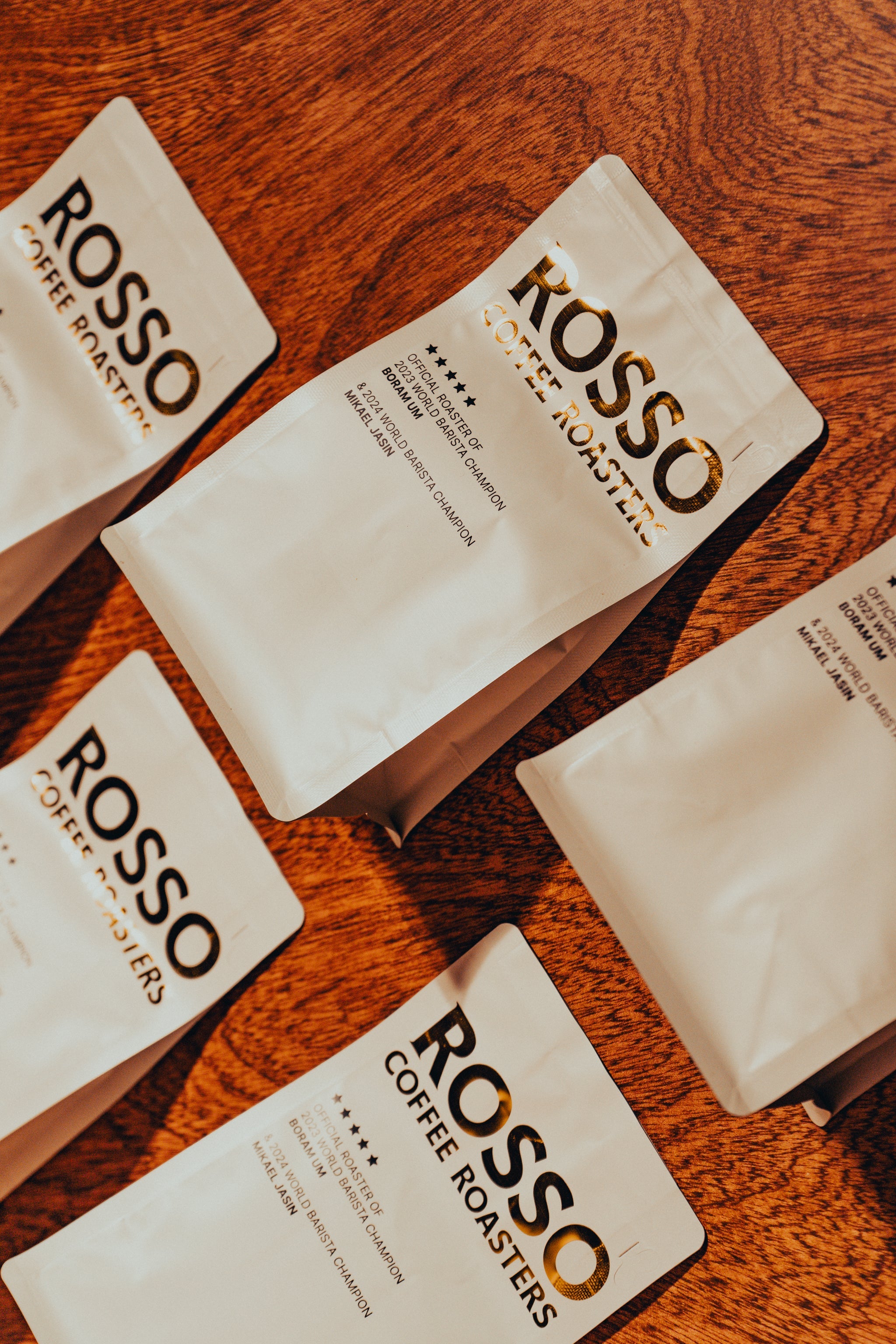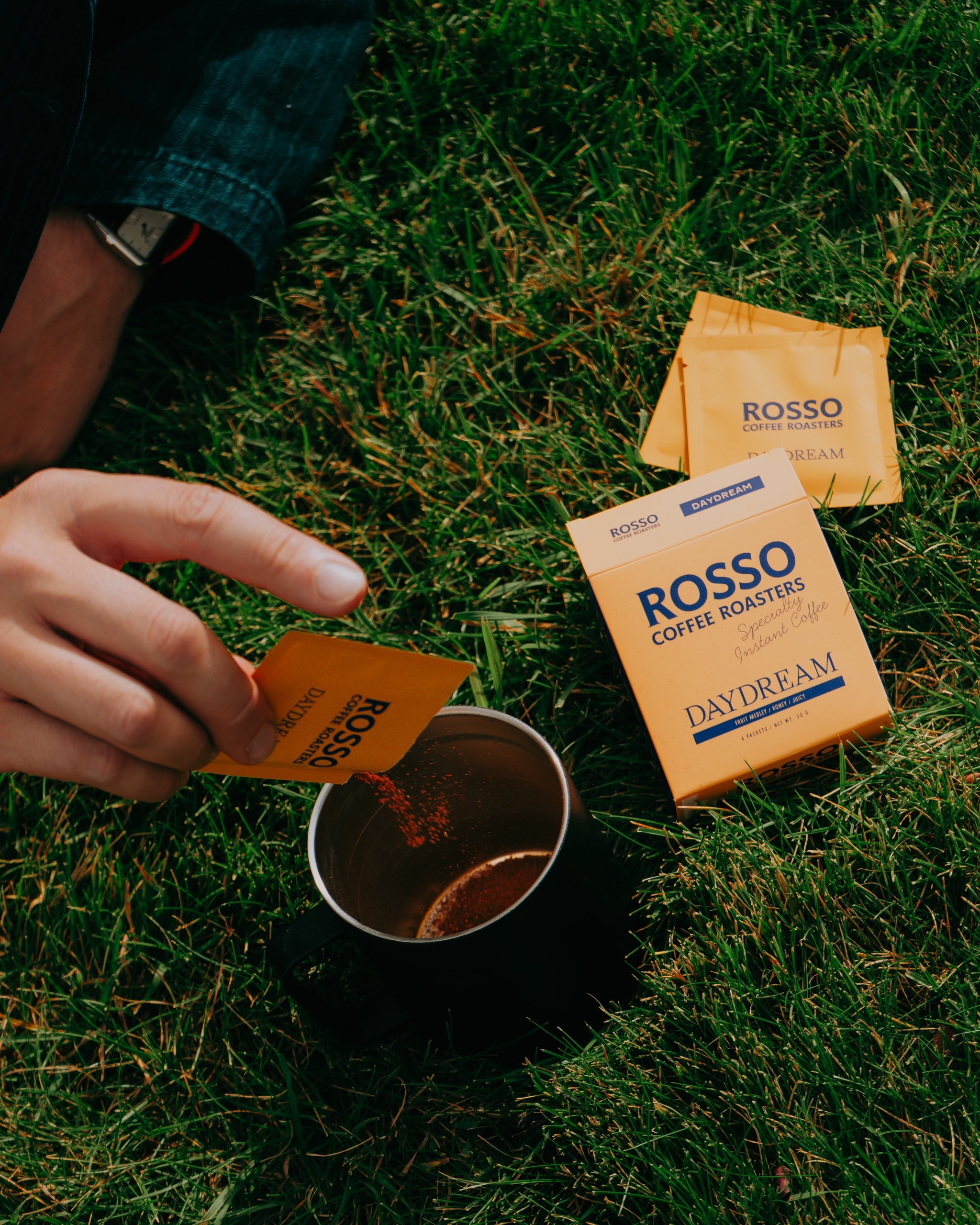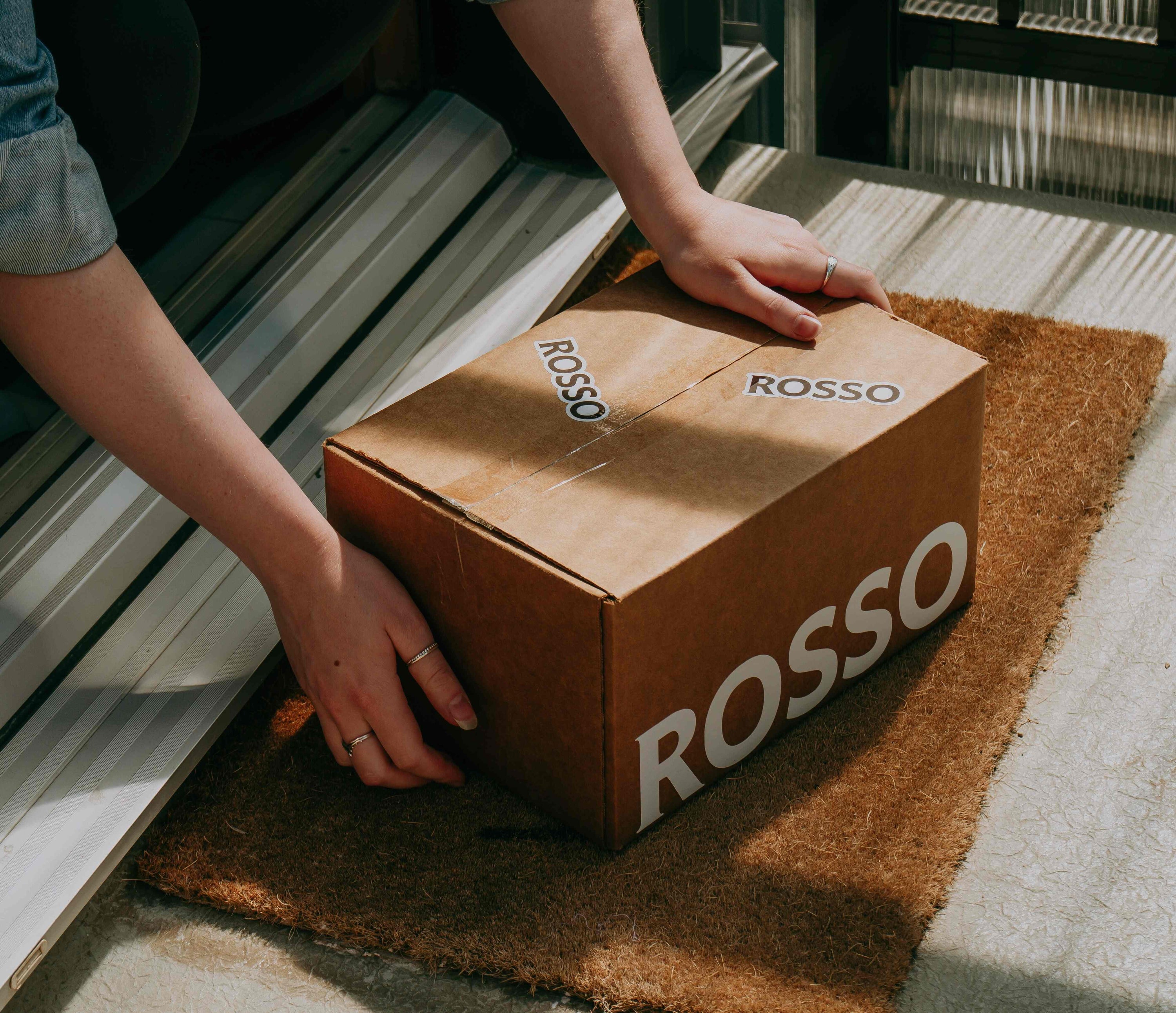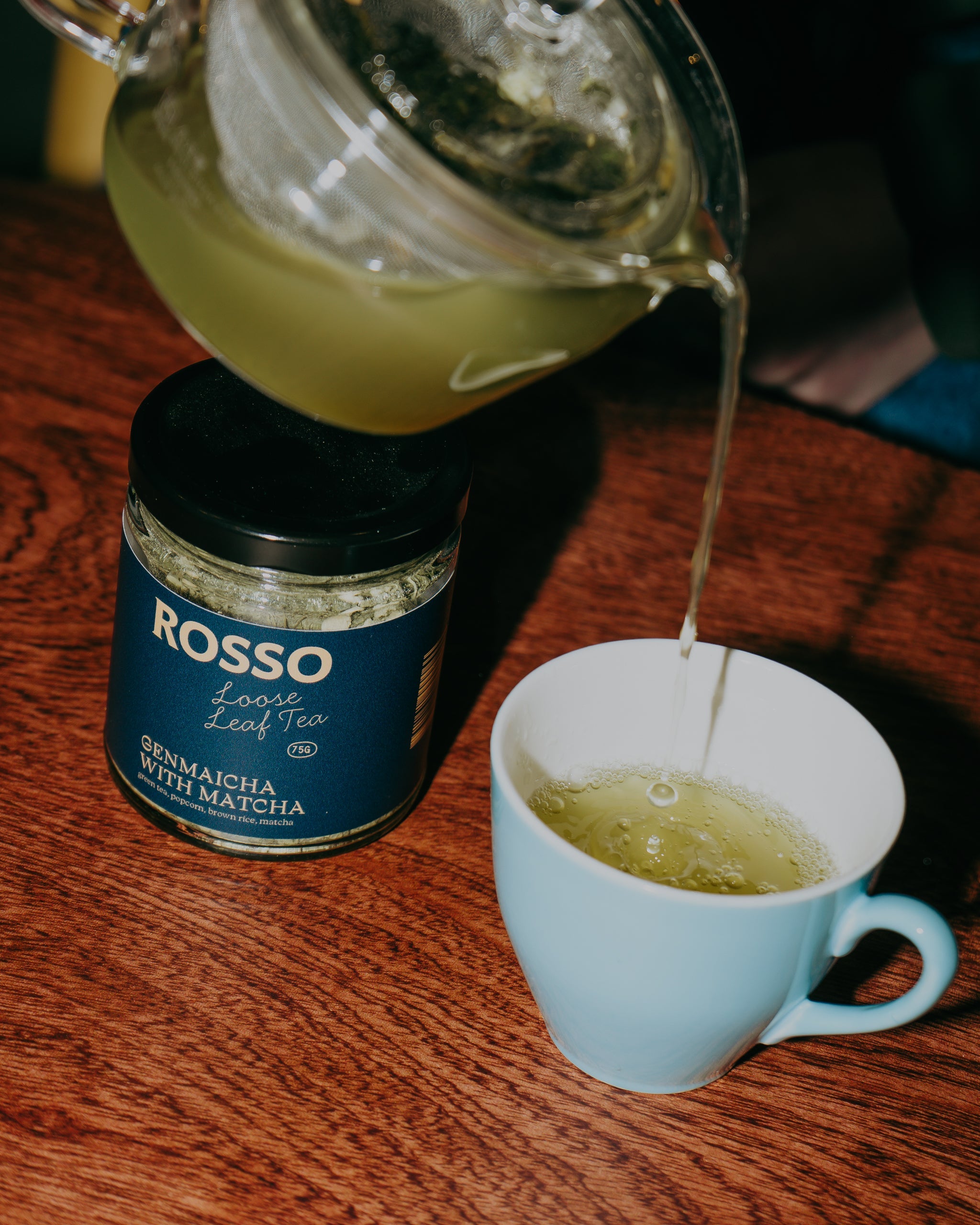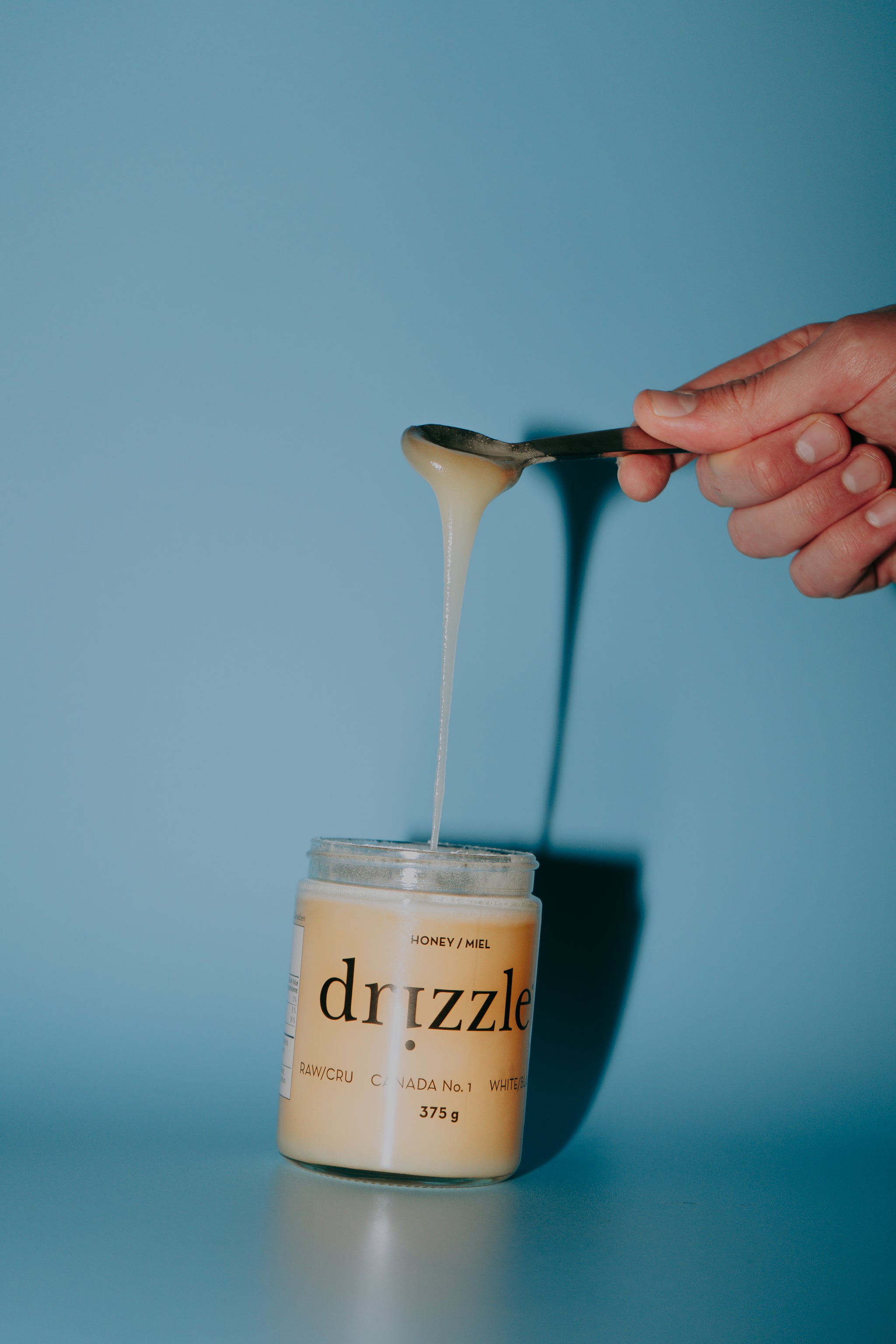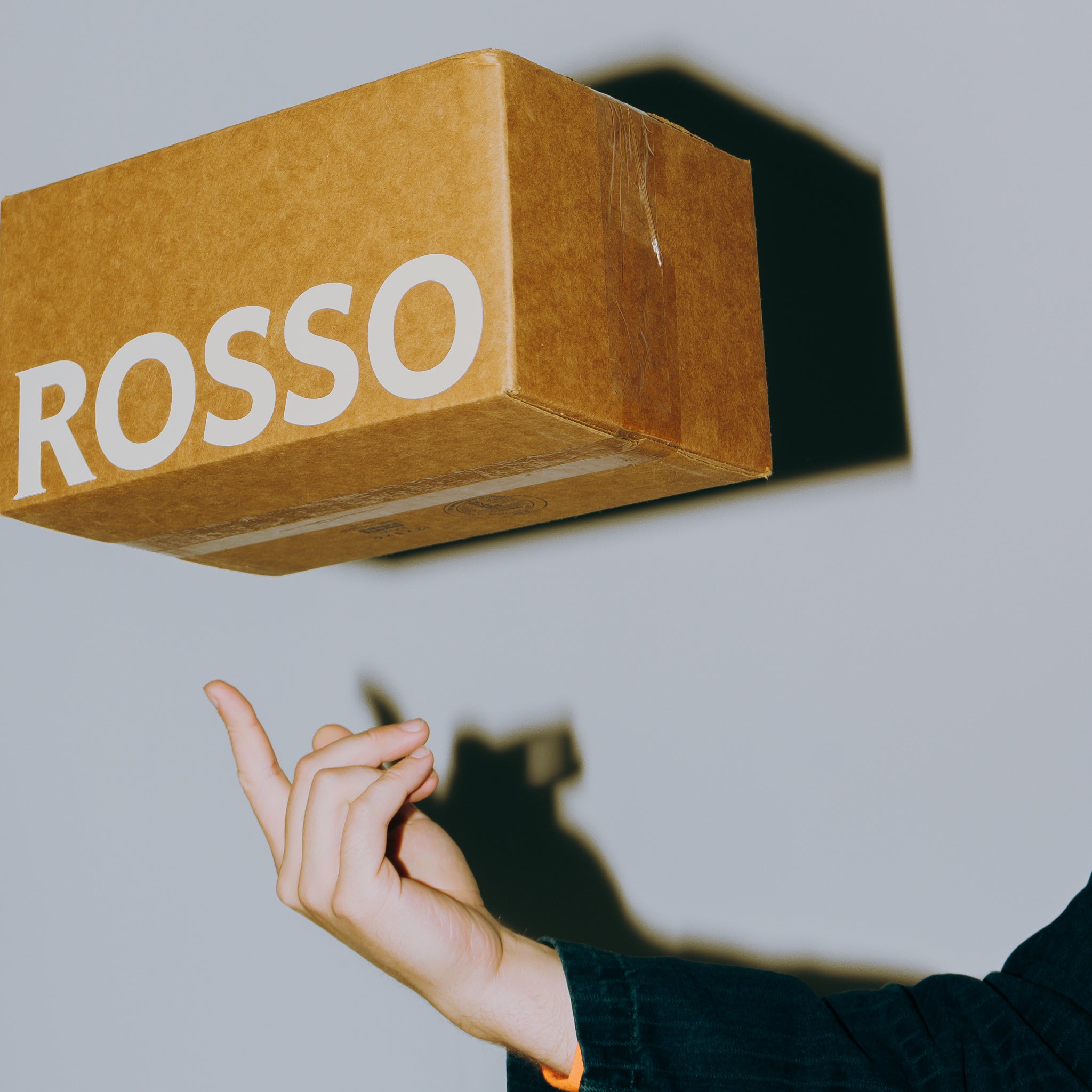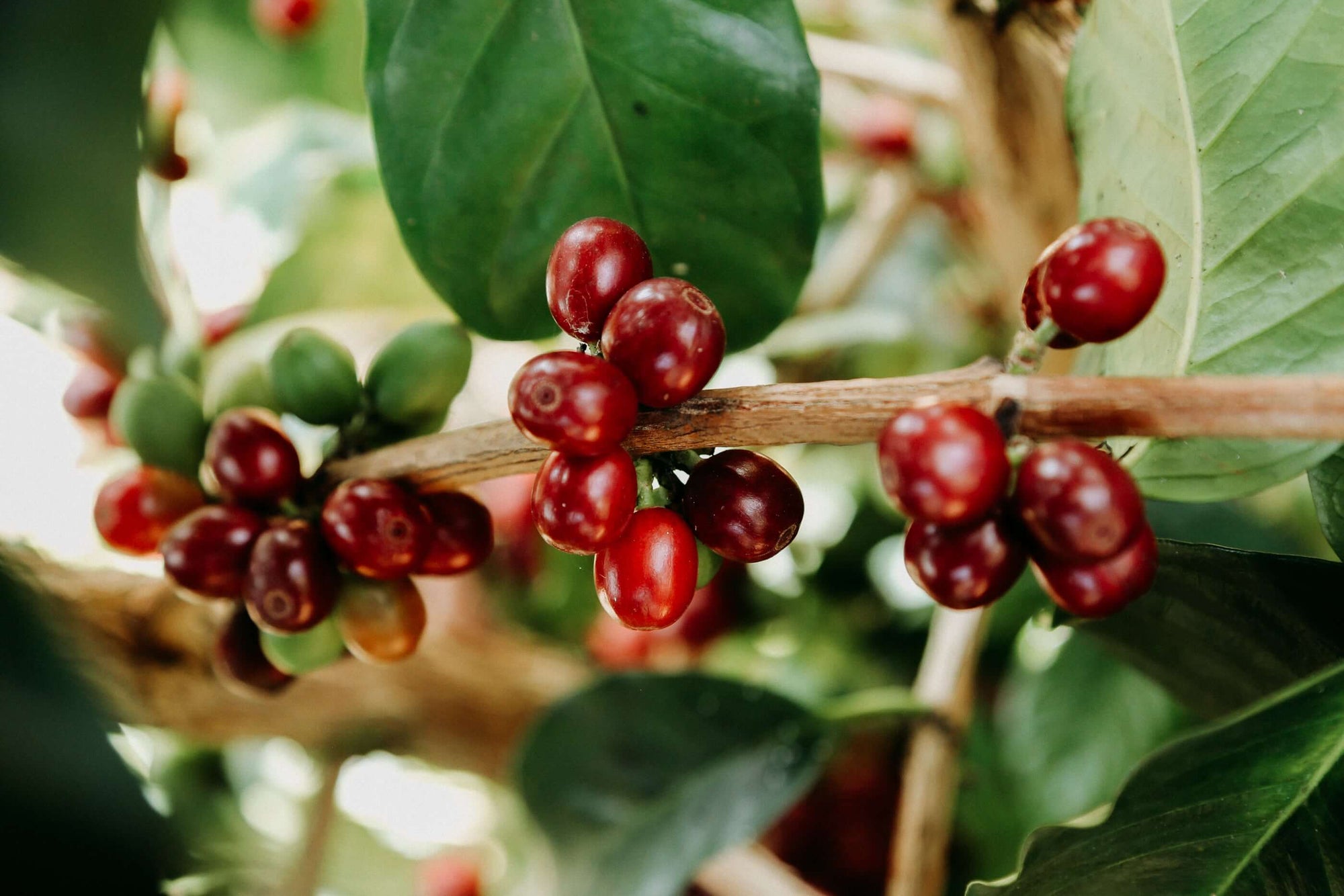

I Have 99 Problems and Over-Caffeination is All of Them

I love coffee. I’ve been drinking some sort of black coffee beverage almost every day of my adult life. I am compelled to explore the intricate flavors that so many coffees contain and I am lucky to have the opportunity to try a new coffee almost every morning. Unfortunately, coffee doesn’t seem to reciprocate my affection. In fact, it seems to actively fight back.
It might surprise you to hear that a long time barista has exceptionally low caffeine tolerance. I’ve spent many nights tossing and turning due to one too many sips of that good-good brew. And I mean sips. I usually consume no more than 350ml (12oz or a ‘tall’ size) of drip coffee each day, which translates to approximately 150mg of caffeine, around half as much as the average Canadian. My hands jitter as I type this.
I’ve mostly accepted this caffeine-induced fallout as part of something I take a lot of joy in. Decaf has been a necessary part of my regimen. By either making blasphemous half-caf pour overs or as an evening night-cap, but you have to meet decaf where it’s at. It’s undeniable that the flavor of decaffeinated coffee is different from its unaltered counterparts.
In recent years something has changed the game for me. I’ve had access to, and a growing knowledge of, different coffee varieties. Two of which must have evolved specifically to mediate my tumultuous relationship with the coffee bean. These lovely varieties are the Aramosa and Laurina coffee varieties.
Both are naturally low in caffeine content, around 50-90% less, when compared to other Arabica varieties, without going through a decaffeination process. Bypassing decaffeination preserves any bright flavors developed within the coffee, or through fermentation, into the final cup. With this advent, I think coffee and I could begin to rebuild a harmonious relationship.
According to the producers at Daterra, an incredible coffee farm in Brazil, “The Aramosa is a cross between Coffea Arabica and Coffea Racemosa. This crossbreeding was performed to inherit Racemosa’s low caffeine and drought resistance with Arabica’s flavor. Because the plant produces less caffeine, the beans always taste very sweet, floral, and without any bitterness.”
In a cup of Daterra’s Natural processed, Anaerobic fermented Aramosa, I found an aroma of strawberries and plum, breaking down into a stewed plum flavor on the first sip, with a delightfully subtle acid that sparkles on the tongue, and an incredibly smooth creamy finish. I get to sling around my pretentious taste notes without the over-caffeination. Truly, the ideal world.
The Laurina variety is a natural mutation of the Bourbon strain of the Coffea Arabica species, which has resulted in two interesting differences: a cute teardrop shape to the beans and a significantly lower caffeine content. Otherwise, the coffee variety still has a lot of potential for flavor.
I’ve had a few examples of this variety from 2020-2021, including two different offerings from Daterra in Brazil, another from Nicaragua, and one from Cafe Granja La Esperanza in Colombia, my personal favourite. (As of July 2021, Rosso’s Inglewood location still has this available for pour over if you’d like to try!) The flavors in common between these cultivations from across the world were a soft acidity, light fruit characteristics and silky smooth texture.
If you too have a passion for coffee that, unfortunately, outpaces your tolerance of caffeine, then keep an eye out for these unique, low caffeine coffee varieties.
1 comment
-
Any chance you will ever have these lower caffeine coffees for sale ? Would you identify it as lower in caffeine in the description ? I’m always mixing half decaf but this would be a nice option. Thanks !
T Lee on

